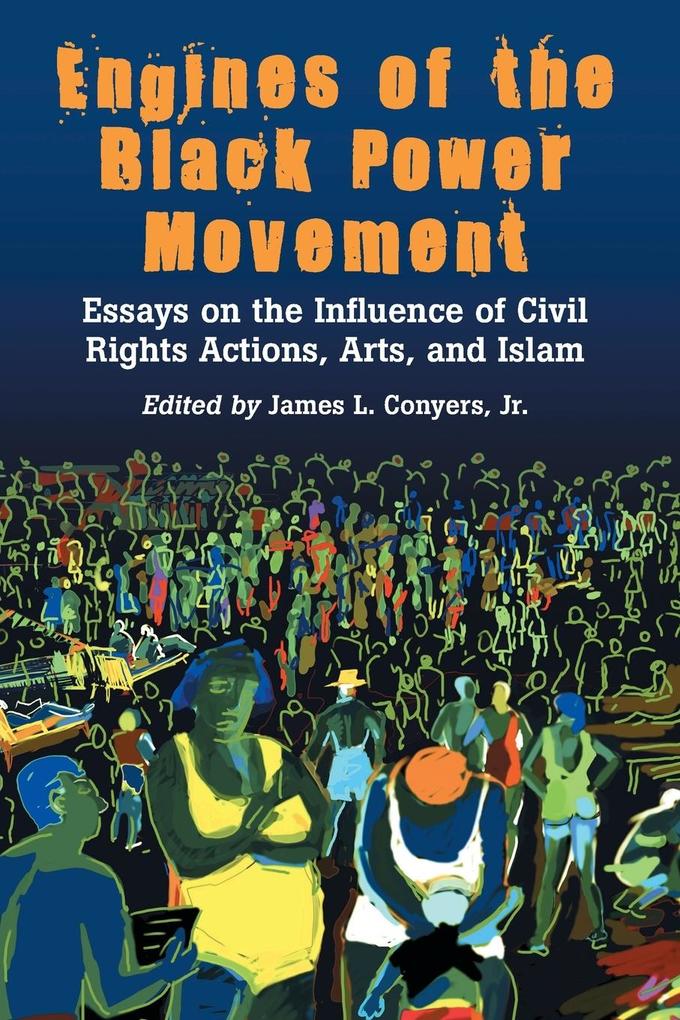The decade of the 1960s was an era of protest in America, and strides toward racial equality were among the most profound effects of the challenges to America's status quo. But have civil rights for African Americans been furthered, or even maintained, in the four decades since the Civil Rights movement began? To a certain extent, the movement is popularly perceived as having regressed, with the real issues tabled or hidden.
With a view to assessing losses and gains, this collection of 17 essays examines the evolution and perception of the African American civil rights movement from its inception through today.
Inhaltsverzeichnis
Table of Contents
Acknowledgments
Preface
I : CULTURAL ANALYSIS
1. The Spiral Group: Defining African American Art During the Civil Rights Movement
2. Jazz Musicians in Europe: 1919 to 1945
II : BLACK POWER ANALYSIS
3. Black Power, Chicago Politics, and Social Movements: What Have We Learned?
4. A Critical Assessment of the Educational Mission and Praxis of the Black Arts Movement
5. The Congressional Black Caucus: Black Power Realized?
III : BLACK ARTS MOVEMENT ANALYSIS
6. Us, Kawaida and the Black Liberation Movement in the 1960s: Culture, Knowledge and Struggle
7. The Black Arts Movement in Omaha, Nebraska
8. The Role of the Africana Writer in an Era of Struggle-The Case of Hoyt W. Fuller and the Black Arts Movement,1961-1981: A Kawaida-Location Analysis
IV : AFRICAN AMERICANS AND ISLAM
9. The Nation of Islam: An Historiography of Pan-Africanist Thought and Intellectualism
10. Understanding Elijah Muhammad
11. Noble Drew Ali: An Historical Perspective
12. Islam in the Civil Rights Movement
V : CIVIL RIGHTS AND REDEMPTION
13. Pathologies of Public Housing: An Antecedent to Crime and Delinquency
14. Constitutionalism Within the Political Ideologies of Malcolm X and Martin Luther King, Jr.
15. Revising the Best Western View: Civil Rights, Wilderness, and Racial Relocation
16. Guilt by Association: Women as Participants and Victims of Lynching
About the Contributors
Index
